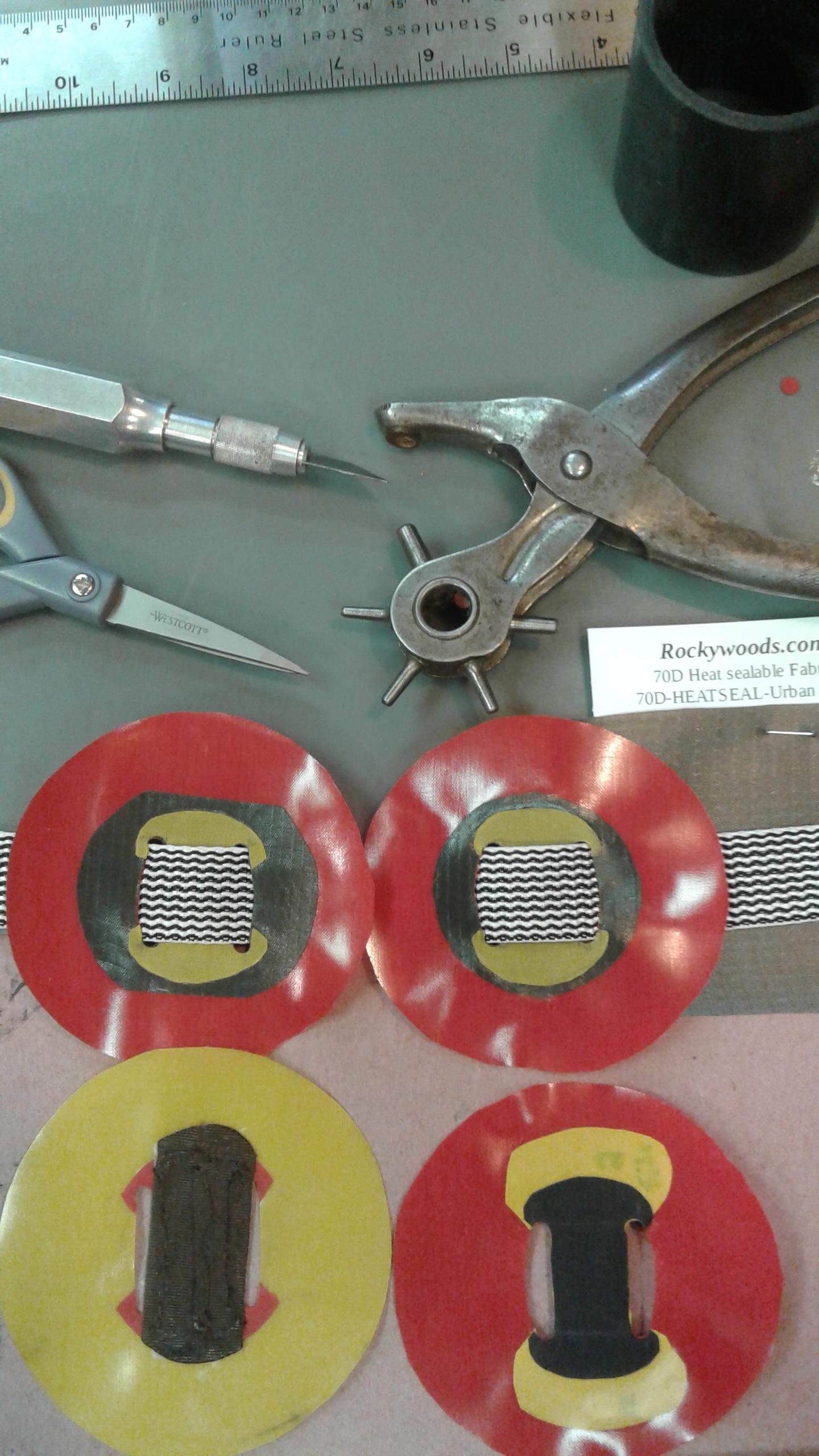- This topic has 15 replies, 6 voices, and was last updated 3 years, 7 months ago by .
-
Topic
-
I haven’t had much time to work on my raft (grabbing an evening a week with a friend to work on them), but I wanted to post up our last session on tie downs. We wanted to do these before closing our tubes so we have easy access the the inside to heat seat the tie down patches on well.
We did up a couple as Matt demonstrated. With the lighter fabric it was far too easy to tear. With the 210d it worked ok but the reinforcement around the base of the loop was essential for reasonable strength. It was a pain to make though and hard to get that reinforcement loop to not look crappy when stretched. Without reinforcing the loop at the base you will tear the patch fabric as the legs of the loop unevenly distribute the pull.
We then tried using a strip of narrow webbing like commercial rafts. Having a sewing machine handy we just sewed the loop shut and flattened out the ears underneath our circular patch. Now there wasn’t as much contact with the sealable coating under the patch though and we didn’t think it would hold well (our seamgrip glue experiment failed). The solution: also sew a small strip of fabric to the bottom of the webbing (TPU side down). Now when we welded the tie down patch to a piece of fabric, the webbing also gets held down.
These tie downs looked nicer to us and held a body weight pull from multiple directions. As Matt mentioned, you may not want your tie downs to be stronger than your tube, but we knew if lashing a bike or heavy pack to multiple tie downs and yarding on them they’d have to be fairly tough.
Note we also sewed the top circle patch to the webbing, this probably wasn’t neccesary but makes it easier to position things together. Also you need to be able to access the back to truly get a good bond, you can’t heat the strip of fabric under the webbing from the top enough the seal it.
- You must be logged in to reply to this topic.
